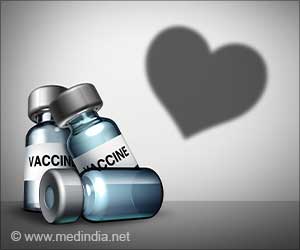COVID-19 infection causes persistent symptoms such as difficulty breathing and weakness even after being discharged from hospitals. Such people should focus on healthy nutrition and deep breathing exercises to prevent secondary lung infections.

‘Healthy people with no COVID-19 infection should engage in cardio workouts, like speed-walking, jump rope, stationary bike-riding or running to improve their lung capacity. They should also strengthen their breathing by practicing simple deep breathing.’
Read More..




Two Cedars-Sinai respiratory therapists explain what roadblocks these hospital-admitted patients face when it comes to lung health and offer tips for non-patients looking to improve their overall respiratory health. Read More..
"Patients with COVID-19 tend to be sicker for much longer than other patients with respiratory-related illnesses and, on average, stay on a ventilator for a longer duration," said Dagoberto Naranjo, RRT, a respiratory therapist in the Department of Respiratory Therapy at Cedars-Sinai.
These ventilated patients also take longer to react, or benefit from, oxygenation efforts, according to Naranjo.
"When patients are intubated for long periods, it's usually because they have accompanying or underlying medical conditions," said Naranjo. "Patients who are healthy usually are intubated only to get them over the hump of requiring high levels of oxygen. This virus has proved to be unique, requiring different techniques and treatments than traditional standards of care."
Because of the high levels of oxygen these patients require, coupled with the length of time they rely on ventilation, the road to a full recovery after leaving the hospital can be long for some patients.
Advertisement
To combat these symptoms, Rogers and Naranjo suggest patients be sent home with an incentive spirometer device, which measures how deeply an individual can breathe in, and helps encourage taking slow, deep breaths to increase lung capacity.
Advertisement
For healthy people without COVID-19, Rogers and Naranjo say it's never a bad idea to increase overall lung capacity and improve overall respiratory health.
"Don't underestimate the practice of simple deep breathing," said Rogers. "Most people only use a small part of their lung capacity. By increasing the length of your inhalations and exhalations, you can increase your lung capacity and strengthen your breathing, which improves the exchange of oxygen and carbon dioxide, ultimately improving lung capacity."
Cardio workouts are also recommended to improve respiratory health.
"To improve lung capacity, cardio workouts, like speed-walking, jump rope, stationary bike-riding or running can make a big impact," said Naranjo. "However, every patient – including healthy individuals without COVID-19 – should consult a doctor to ensure their physical limitations aren't pushed to the extreme."
Source-Newswise











